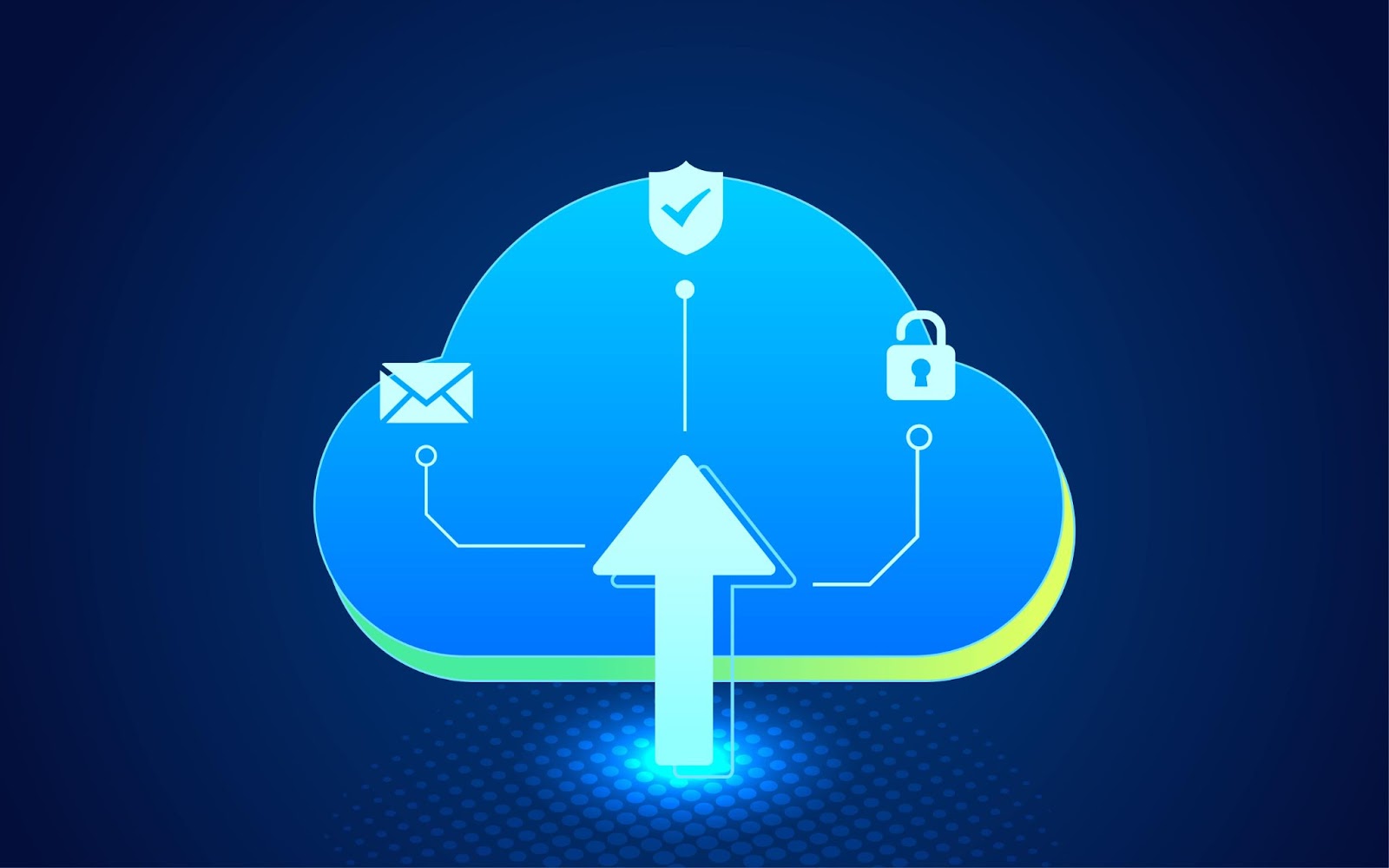Cloud-native applications are assembled using agile advancement procedure and DevOps development that frequently change designs and naturally deploy code to cloud framework. Traditional application security is no longer sufficient to protect cloud-native applications from traditional SAST and SCA to isolated secrets and IaC scanners. Rather than adding security barriers, accelerating software delivery requires a fundamentally new structure contextualized based on business risk.
Gartner uses the expression CNAPP to bring the concept that securing modern applications initially in the advancement lifecycle is becoming an integrated access that spans the SDLC and encircles both function code and cloud framework. It consists of her three main entrails:
Cloud Native Application Security Scanning, Cloud Security Posture Management (CSPM), and Cloud Workload Protection Platform (CWPP), combining these areas allow AppSec professionals to understand the risks to their applications better.
Existing Approaches to CNAPP Are Inadequate
Gartner has such a comprehensive perception of CNAPP tools that only some vendors can comprehensively deliver the structure’s functionality. That’s not a bad thing per se. Each market segment always has the best solution that offers its own added value. However, there needs to be a fundamental gap between his CNAPP submarkets and the ultimate goal of considering and resolving risks at a holistic level. Here’s the problem:
Traditional AppSec vendors like SAST and SCA focus on finding individual vulnerabilities rather than using a multi-pronged approach to analyzing risk.
CSPM and ASOC (Application Security Orchestration and Correlation) tools need to understand application code, infrastructure and OSS code, or developer knowledge and activities! Needs to understand code and developer security maturity. Moreover, it is impractical to know whether a cloud-native application is secure.
The presumption is to mitigate risk early in the SDLC before deploying to the cloud with continuous low-code/no-code secure-by-design. Profitability is compelling. Detect and remediate early to diminish cost and risk when appropriate.
To deliver on CNAPP’s promise, a solution must have a deep understanding of the code with a background from design to SDLC. Furthermore, “risk” is an approach that should encompass both the potential for attack surface elements. Which is to exploit and the employment impact if it does occur.
How does CNAPP work? A key skill?
CNAPP includes various capabilities such as Posture Management, Workload Protection, Application Protection, Shift Left Capabilities, Vulnerability Management, Identity Management, Cloud Detection and Response, Microsegmentation, and more.
The term “CNAPP” compose by Gartner to define the potentiality a CNAPP platform should attractively have. They have taken cloud security authority. Such as CSPM, CWPP, administration, contrasting application security and vulnerability administration, which one put under one cloud security umbrella.
Integration of this feature was already done in the market. Gartner has labelled it and attempted to define its perspective on the critical capabilities of a cloud-native application protection platform.
Why does Enterprises Demand a Platform like CNAPP?
CNAPP ensures customers have all the suitable “materials” when purchasing a security solution. For example, instead of a security administrator integrating Posture Management, CWPP and Identity Management separately. One can buy CNAPP, which covers all primary functions. And with CNAPP, security professionals almost guaranty to have all the features they need for good cloud security.

